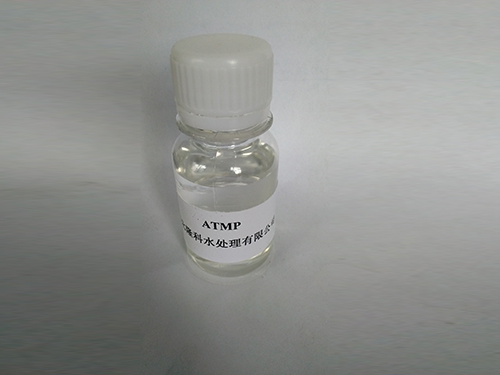cationic polyacrylamide flocculant
Understanding Cationic Polyacrylamide Flocculants Applications and Benefits
Cationic polyacrylamide (CPAM) flocculants are synthetic polymers widely used in various industrial applications due to their ability to facilitate the agglomeration of particles suspended in liquids. This unique property makes them invaluable in processes such as wastewater treatment, mineral processing, and papermaking. In this article, we delve into the characteristics, applications, and benefits of cationic polyacrylamide flocculants.
Characteristics of Cationic Polyacrylamide
Cationic polyacrylamide is characterized by its positive charge, which plays a crucial role in its flocculating ability. The positive charge helps the polymer to interact effectively with negatively charged particles in suspension, allowing for better coagulation and flocculation. CPAM is typically available in various molecular weights and degrees of charge density, enabling it to be tailored for specific applications.
The polymer is water-soluble and can form a gel-like structure in solution, which enhances its efficacy in binding particles together. Additionally, CPAM is biodegradable under certain conditions, making it a more environmentally friendly option compared to some traditional flocculants.
Applications of Cationic Polyacrylamide
1. Wastewater Treatment One of the primary uses of cationic polyacrylamide is in the treatment of industrial and municipal wastewater. The polymer helps to remove suspended solids, oils, and impurities by promoting the formation of larger flocs that can be easily separated from the water. This not only enhances the clarity of the effluent but also facilitates compliance with environmental regulations.
cationic polyacrylamide flocculant

2. Mining and Mineral Processing In the mining industry, CPAM is used to improve the recovery of valuable minerals by flocculating the slurry. The polymer enhances the separation process in flotation and sedimentation operations, allowing for higher yield and reduced losses of minerals.
3. Papermaking Cationic polyacrylamide is also employed in the papermaking process to improve the retention of fibers and fillers and enhance the overall strength and quality of the paper. Its flocculating properties help to reduce the amount of raw materials needed, thereby cutting production costs.
4. Textile and Dye Industries In textile processing, CPAM is used for dye fixation and wastewater clarification. It effectively binds dye particles, preventing them from washing out during subsequent processing steps, which leads to improved color fastness.
Benefits of Using Cationic Polyacrylamide
The use of cationic polyacrylamide flocculants offers several advantages
- Efficiency CPAM demonstrates superior flocculation performance, resulting in quicker settling rates and improved separation efficiency. - Cost-Effectiveness By enhancing the effectiveness of separation processes, CPAM can reduce operational costs in various industries. - Versatility The adaptability of cationic polyacrylamide across different applications makes it a versatile choice for industries requiring effective flocculation solutions. - Environmental Compatibility The biodegradable nature of CPAM, coupled with its effectiveness in treating wastewater, makes it an environmentally sustainable option.
In conclusion, cationic polyacrylamide flocculants are essential tools across various industrial sectors, playing a vital role in improving efficiency, reducing costs, and protecting the environment. As industries continue to prioritize sustainability and efficiency, the demand for effective flocculants like CPAM is likely to grow, underscoring their importance in modern industrial processes.
-
Water Treatment with Flocculant Water TreatmentNewsJun.12,2025
-
Polymaleic AnhydrideNewsJun.12,2025
-
Polyaspartic AcidNewsJun.12,2025
-
Enhance Industrial Processes with IsothiazolinonesNewsJun.12,2025
-
Enhance Industrial Processes with PBTCA SolutionsNewsJun.12,2025
-
Dodecyldimethylbenzylammonium Chloride SolutionsNewsJun.12,2025





